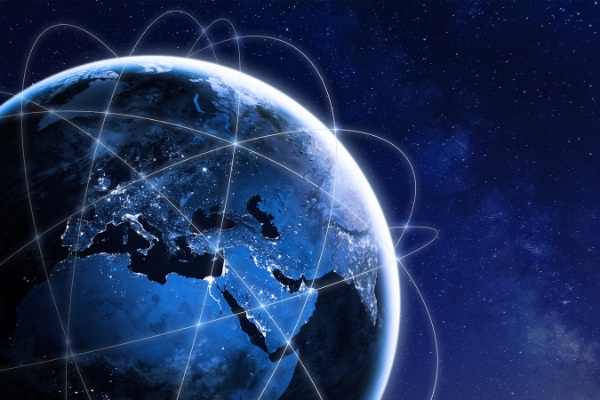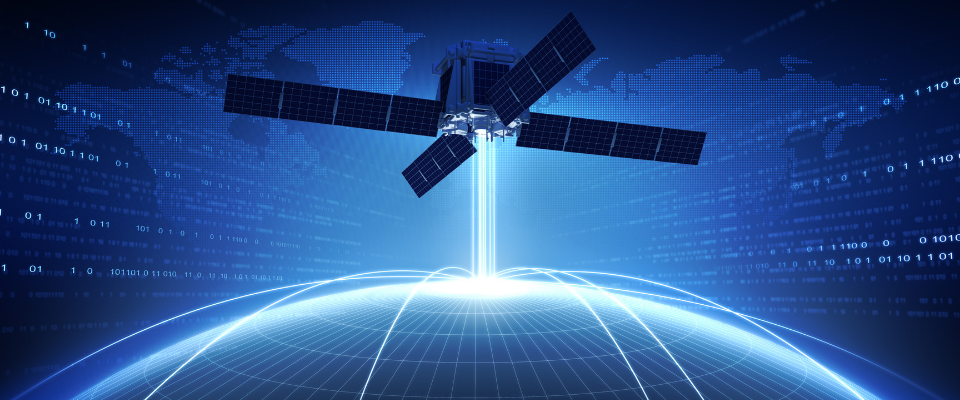
IoT/Sat: the Internet of Things goes global
February 2, 2021
The number of connected objects is estimated at around 9 billion, it should reach between 25 and 50 billion in 2025. This huge figure suggests that the Internet of Things is only at the beginning of its reign, and will soon evolve to invade all types of sectors. The pandemic has largely accelerated the digitalization of the economy and industrial sites.
A barrier to the development of industrial IoT : white zones
A major obstacle remains when implementing IoT solutions: 80% of the planet is covered by white zones (the oceans and a third of the land areas). These areas without network coverage are common in isolated industrial sites, such as mines or drilling sites. It represents a major challenge for the industry, as for many sites :
- Solutions to optimize production are not exploitable
- It is difficult to guarantee the safety of personnel
- Access to data and remote control of assets are limited
- Many mobile applications (tracking, fleet management, etc…), which require permanent connectivity, can not be implemented

A new network: IoT/Sat
In order to supervise these remote sites, more and more IoT devices are connected by satellite. The advantages of satellite connectivity are numerous: universality, bidirectionality, permanence, real time, security…
The number of IoT devices connected via satellite is expected to reach 10 million by 2025*. With Newspace, more and more companies such as Elon Musk’s SpaceX or Amazon are fighting for spatial areas in order to set up their own satellite constellations, to democratise access to space.
These technological advances, coupled with the reduction in satellite costs (subscription and equipments), indicate the generalization of existing industrial uses, as well as access to a new generation of uses.
Although these solutions are based on a complex technology, the challenge is now to develop simple and flexible solutions to precisely meet the needs of industries.
Therefore, our vision is to design a global IoT/Sat network accessible to all, for a sustainable future. We develop new uses in order to increase productivity, while contributing to safety & sustainability.
*study carried out by Omdia

